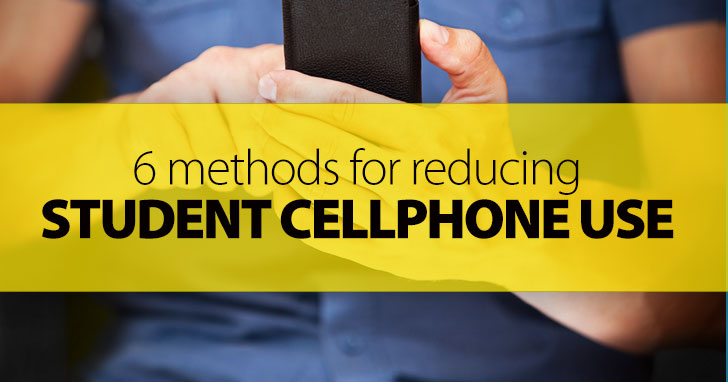English Only Please – 13 Methods for Monolingual Classes


In an old teaching file, I found a photo from 2006 of one of my multi-national classes, busily working on something in groups. Something caught my eye, and I compared it to a similar picture from a very recent class, also multi-national, also working together on a task. I was stunned by a very significant difference between the two.
In the first, there was a dictionary on every desk.
In the second, there was a cellphone on every desk, and not a dictionary in sight.
Cellphones have become so ubiquitous, so intimately connected to our lives, and so indispensable that a skeptic might view them as an external module to which various brain functions are being outsourced. Take the example of the student who snaps a photo of the whiteboard, rather than writing down the contents. I challenged a 19-year old Korean student about this, and was told that the photo was more efficient than writing. This ignores the fact that the writing is, in fact, a critical part of the learning process, and is a huge aid to retention. Without it, no language had flowed through his mind to his hand; the ‘learning’ had been outsourced to his camera, and worse, there was the risk that he might never actually view the image, having considered the learning complete once the button was pressed.
I’m not accusing anyone of laziness. I am worried that the distraction brought by cellphones is exacerbating a culturally-created attention deficit. I’m worried that ‘outsourcing’ to a device will whittle away the volume of language being genuinely processed and produced. I worry about my students bringing to class an object with so many roles in their lives outside of school; the uninterrupted availability of messaging, email, Facebook and the Internet is, for me, a potentially very damaging interference in the learning process.
Rather than simply banning phones, I operate a system of strong and continuous discouragement of their illicit use. A straight-up ban would mean that none of my students would have access to a dictionary; they seem allergic to buying them, and my school echoes their aversion. Here, then, are some methods for knocking out unhelpful cellphone use, hopefully without creating unnecessary conflict, and purely in order to return the students’ focus to their work.

I generally teach advanced students, so I’m able to articulate to them my core belief about learning: It’s all about SKILLS and UNDERSTANDING, both of which only develop through PRACTICE. They’re probably sick of the sound of those three words, so often do they hear them. Cellphones often detract from the gaining of these critical skills, and are therefore in opposition to our main aims.
I have a reward system for students who bring a dictionary and/or thesaurus to class. The highest marks go to those who have both an English-English and an English-L1-English dictionary. I’m also thinking about rewarding students who voluntarily put their cellphone on my desk as the class is beginning, encouraging the training of impulse control and self-discipline. Let’s face it, there are some students who not only use their phones a lot, they actually have a problem. Any encouragement we can give will have positive results beyond the classroom.
In the first weeks of a new class, students must ask permission before searching on the Internet. Unauthorized Internet use gets a quizzical, then critical, then straight-up unimpressed facial expression from their instructor. Once the pattern is established, the requirement for permission can gradually be discarded.
My students are reminded, when needed, that their classes are the equivalent of having a job – a daily responsibility, organized into a routine, during which there are certain reasonable expectations. The idea is to inculcate the realization that they should no more goof around with their phone in my classroom than they would do so in a board meeting or during a presentation by their boss. Again, this trains focus and discipline – not the knuckle-rapping, cane-swinging, sergeant major discipline of the 1950s, but a considered, voluntary, rational self-control with genuinely positive aims.
Call me old-fashioned, but I’m a fan of traditional dictionaries, and have grown rather wary of electronic solutions. They tend to give a single-word translation when more nuance is needed. Many internet-based translation services are dreadful, but nevertheless, some elementary students learn to depend on them. Many online dictionaries provide no synonyms, antonyms or pronunciation help, leaving the word in unhelpfully mysterious isolation. Of course, the best online and app dictionaries are terrific, but the worst are a true obstacle to learning.
Not every class buys into my way of thinking, and I find myself having to police the classroom. Here are some tell-tale signs that distraction has set in, and that the students have re-connected to the Matrix:
In creating and maintaining a learning environment, it might be important to curtail their use; training self-discipline when it comes to personal electronics has to start somewhere, and the ESL classroom is a good a place to start as any.